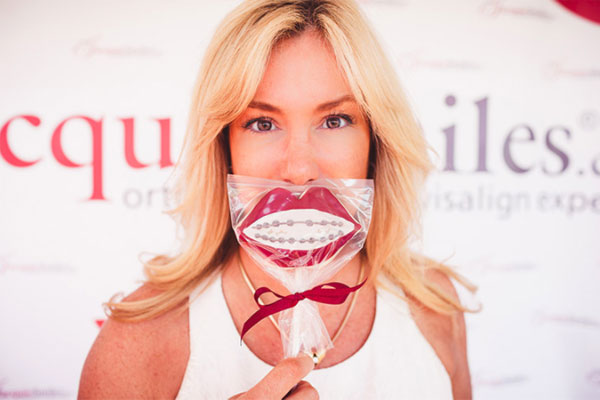The ancient Greeks chewed a substance called mastiche to freshen their breath. The chewy material was made of resin from the bark of the mastic tree, which is native to Greece and Turkey.
In the tropical rainforest of what is now Central America, members of the pre-Columbian Mayan civilization had their own version of chewing gum, called chicle, which was derived from the sap of the sapodilla tree (known by locals as the chicozapote tree).
North America also produced gum-friendly trees: it is said that Native American tribes in modern-day New England introduced their gum-chewing habit to early colonists. The ubiquitous spruce provided a chewy resin that the natives found thirst-quenching.
In the late 1800’s, an American inventor named Thomas Adams endeavored to make various rubber products (including toys, galoshes, and bicycle tires) out of chicle he had imported from Mexico. He failed in each attempt, and found himself with a seemingly useless supply of chicle.
One day he was inspired with the idea to use the chicle as a base for chewing gum. By the end of the century, Adams, Sons, and Co. was the most profitable chewing gum company in the country, and went on to create one of America’s best-loved gums – you guessed it: Chiclets! As you might imagine, there’s not enough chicle in the world to keep up with today’s high demand for chewing gum. Most gums today are made of synthetic latex combined with sweeteners, softeners, flavorings, and colorings.
Test your gum-ption with this trivia quiz!
1. Swallowed gum remains in your stomach for:
A. 2 years
B. 7 years
C. 8 years
D. None of the above
2. Forward-looking scientists believe a special type of gum may help prevent:
A. Arthritis
B. Cancer
C. Broken bones
D. Blindness
3. Research suggests that chewing gum after ____ will help you heal faster:
A. Abdominal surgery
B. Tonsillitis
C. Appendicitis
D. Lasic surgery
4. The Chewing Gum Action Group was created in England to:
A. Introduce preschool children to the wonderful world of gum
B. Lobby Parliament in the interest of gum companies
C. Teach citizens to throw their used gum in garbage bins
D. Provide free chewing gum to underprivileged families
5. A new type of gum claims to reduce bacteria in your mouth by:
A. 10 times
B. 50 times
C. 80 times
D. 300 times
6. Chewing gum was strictly forbidden in ____ between 1992 and 2004:
A. Croatia
B. Belize
C. Morocco
D. Singapore
Trivia Quiz Answers
1. D: None of the above. Contrary to popular belief, swallowed gum does not set up shop in your stomach for years. While we don’t recommend that you swallow your gum, we can assure you that the parts of gum that cannot be digested simply pass through your system, as would any other roughage.
2. B: Cancer. In Finland, a group of scientists have proposed that chewing gum containing an amino acid called cysteine may be able to prevent cancer of the digestive tract.
3. A: Abdominal surgery. A group of California doctors have announced research that indicates that chewing gum can help patients recover more quickly from abdominal surgery, thereby reducing their hospital stays or being in an electric hospital bed by a day or more.
4. C: Teach citizens to throw their used gum in garbage bins. Gum litter in England is such a problem that gum manufacturers, local governments, and other interested parties have teamed up to form the Chewing Gum Action Group, which facilitates advertising campaigns to teach people to dispose of their gum properly.
5. B: 50 times. A German chemical company recently revealed its plans to manufacture gum that contains a bacteria found in yogurt. Supposedly, this gum would reduce the amount of cavity-causing bacteria in your mouth by 50 times.
6. D: Singapore. With a law passed in 1992, Singapore banned the import and sale of chewing gum. In 2004, the ban was revised and gum is now allowed into the country, but only for “therapeutic” reasons – in particular, nicotine gum that is used to help quit smoking.


